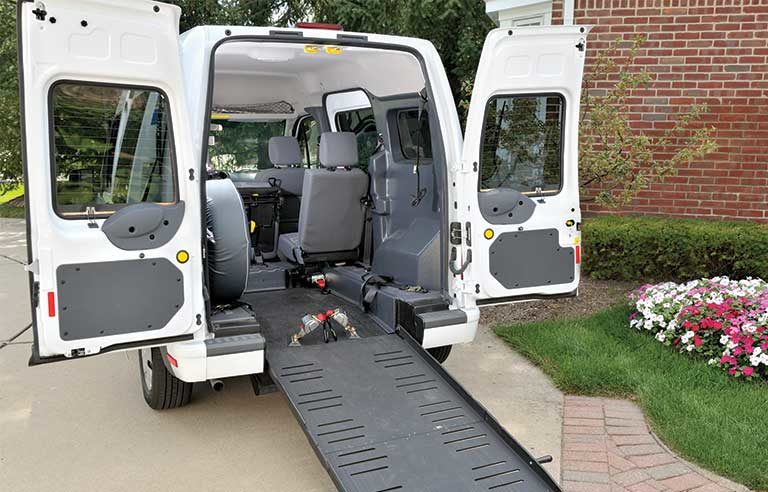Transporting COVID-19 patients: CDC releases guidance on vehicle disinfection, driver protection

Washington — The Centers for Disease Control and Prevention has published guidance on cleaning and disinfecting non-emergency vehicles used to transport patients with confirmed or suspected cases of COVID-19, as well as safeguarding their drivers.
Commonly touched surfaces should be cleaned and disinfected at the beginning and end of each shift, as well as between transporting visibly ill passengers. Ensure adequate ventilation, including opening doors and windows, when cleaning.
Workers cleaning vehicles should use appropriate disposable gloves and follow manufacturers’ recommendations for all other personal protective equipment being used. If disposable gowns are available, wear one.
Other recommendations:
- Clean hard, non-porous surfaces in the vehicle – such as seats, armrests, door handles, seat belt buckles, doors, windows and grab handles – with a detergent or soap and water if visibly dirty, before disinfecting.
- For disinfection of hard, non-porous surfaces, appropriate products include those listed by the Environmental Protection Agency as effective against the coronavirus (SARS-CoV-2) that causes COVID-19, diluted household bleach solutions and solutions with at least 70% alcohol. Do not mix household bleach with ammonia or any other cleaning product. Do not use products that have expired.
- For soft or porous surfaces such as fabric seats, remove visible contamination and use EPA-approved products that are suitable for these surfaces.
- For frequently touched electronic surfaces such as tablets or touch screens, remove visible dirt and then disinfect per the manufacturer’s instructions. If no instruction is available, use wipes or sprays with at least 70% alcohol.
- Gloves and other disposable PPE used during cleaning and disinfecting should be removed and thrown away. After removing gloves, wash hands with soap and water for at least 20 seconds, or use a hand sanitizer with at least 60% alcohol if soap and water are unavailable. If no disposable gown was worn, work clothes used while cleaning should be washed using “the warmest appropriate water setting.” Dry items completely and wash hands after handling laundry.
When transporting a passenger suspected or confirmed to have COVID-19, drivers should wear a facemask or N95 filtering facepiece respirator, along with eye protection such as goggles or a faceshield – as long as they do not create a driving hazard.
Passengers should wear facemasks or a cloth face covering. This excludes children younger than 2; anyone who has difficulty breathing; or anyone unconscious, incapacitated or unable to remove a mask without assistance. Occupants also should try to stay as far away from each other as possible.
“The use of larger vehicles such as vans is recommended when feasible to allow greater social (physical) distance between vehicle occupants,” CDC states.
Drivers should avoid picking up “multiple passengers who would not otherwise be riding together on the same route.” In addition, drivers should practice regular hand hygiene, and avoid touching their mouth, nose or eyes.
Post a comment to this article
Safety+Health welcomes comments that promote respectful dialogue. Please stay on topic. Comments that contain personal attacks, profanity or abusive language – or those aggressively promoting products or services – will be removed. We reserve the right to determine which comments violate our comment policy. (Anonymous comments are welcome; merely skip the “name” field in the comment box. An email address is required but will not be included with your comment.)

